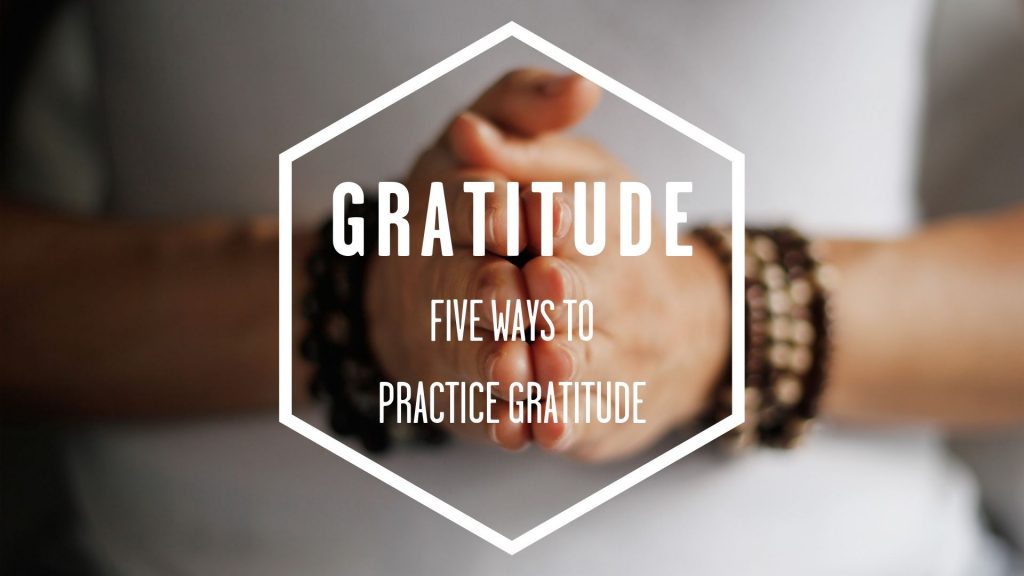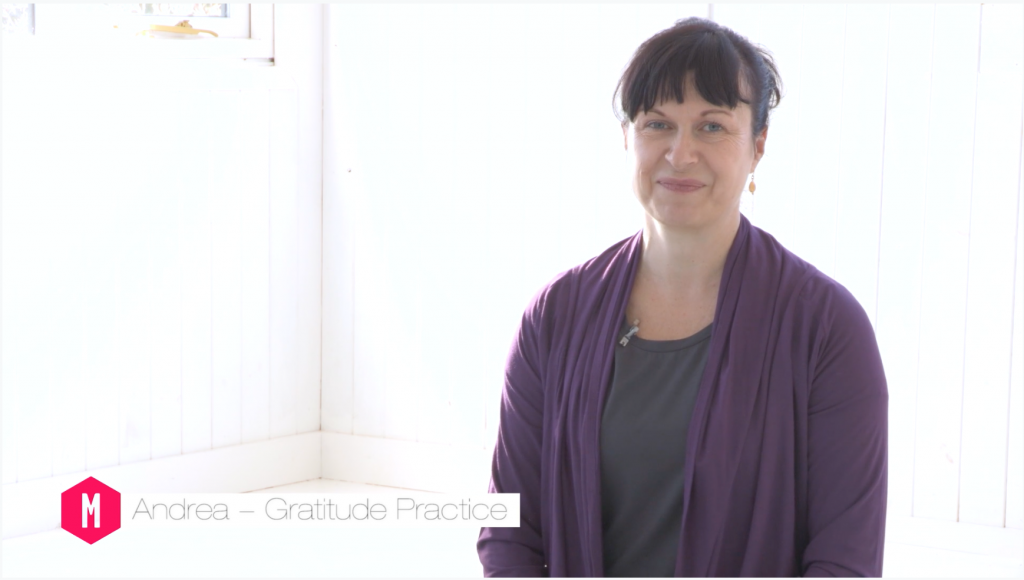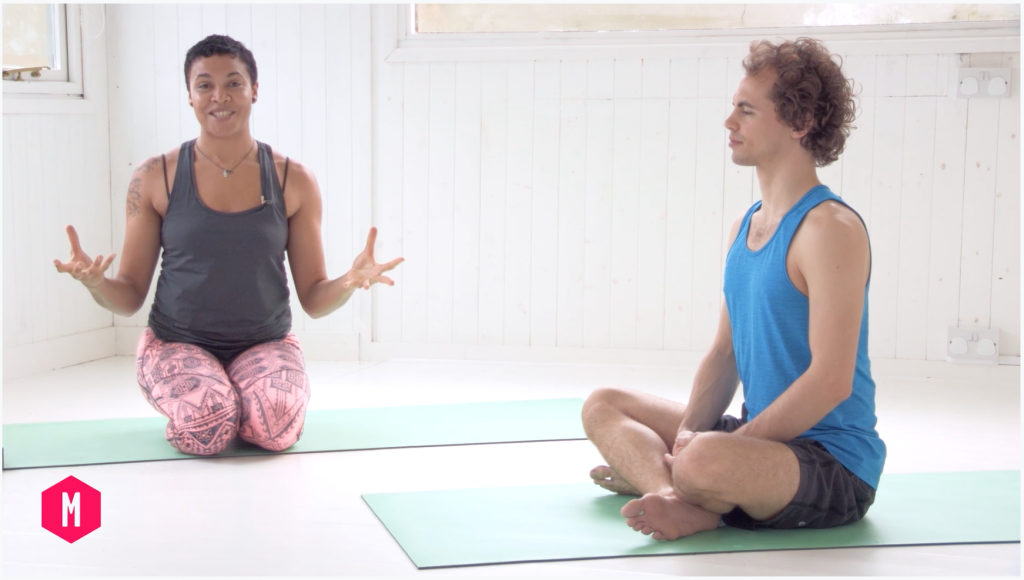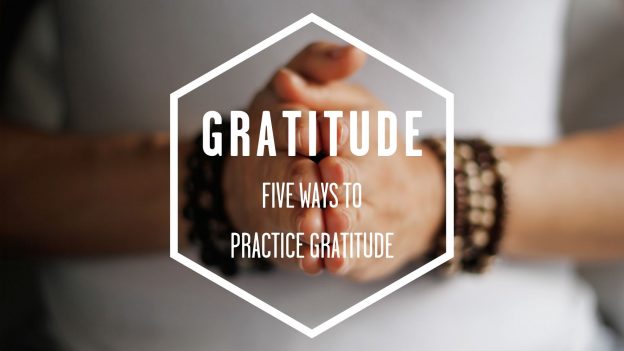
Did you know that 21 September is celebrated as World Gratitude Day? The day was officially adopted by a United Nations resolution in 1977. The day gives you the chance to express gratitude and to form a habit of doing so.
Why practice gratitude?
Psychology Today reported that gratitude improves both physical and psychological health. People with a regular gratitude practice experience fewer aches and pains but also exercise more. Practicing gratitude can boost sleep. According to the journal of psychosomatic research people practicing gratitude sleep better and for longer. In addition to this gratitude can stop you from overeating. As you begin to practice gratitude you’ll find that it begins to have an impact on every area of your life. Robert Emmons, a gratitude researcher has found that practicing gratitude reduces anxiety and feelings of isolation. Your relationships deepen, you eat and act more mindfully and you are able to face challenges more graciously. In fact, the word gratitude comes from the Latin word gratia which is translated as grace, graciousness and gratefulness. Gratitude embodies these three aspects and can be felt both internally and shared with others. If you’re not sure where to start, we hope you find some inspiration. Do let us know how you practice gratitude in our movers group.
5 Ways to practice gratitude
1.Gratitude Journal
You may have heard about gratitude journaling. There are lots of ways you can do it and it can take as little as five minutes if you are pressed for time. You can simply list three things you are grateful for at this moment. They can be simple or general things. Other people find it easier to write about their day focussing on what went well or what they were grateful for during the day. Make your gratitude journal a habit. Decide when is the best time for you. Try it before bed to see if it helps you sleep better. Some people prefer writing first thing in the morning to infuse their day with feelings of gratitude.
If you’re feeling really stuck, you might want to use some prompts to get started. You can write about the things that made you smile, or how about three people you want to thank from your past or present who have had a big influence on you: you can write about why you’re grateful, or indeed how about writing them a letter. (You don’t need to send it). Look through your photos and write about a memory you are grateful for. Have you thought about writing yourself a thank you note? Try it. You’ll be surprised at what might come up.
Once you get started, the options are endless. You can write about the place you live, the food you enjoy, the people and animals you share your life with. Why not tell us what topics you find helpful in your gratitude practice.
2.Mindfulness and meditation
Using gratitude as a focus for your meditation practice is a very powerful tool. In a gratitude meditation you reflect on the things you are grateful for and experience feelings of appreciation. This is a great antidote to getting sucked into a spiral of negative feelings. The important thing to focus on when practicing gratitude meditation, is how you feel and the effect of this on you. This isn’t an intellectual exercise but rather a heartfelt and heartwarming feeling. Human Beings have a negativity bias but practicing gratitude meditation (with practicing, being the operative word) can help rewire our brains.
>>Why not try this gratitude meditation led by Andrea Kwiatkowski<<

3.Time with Family, Friends and community
It can be easy to tap into feelings of gratitude for loved ones or the community you most care about, but did you know that by consciously expressing gratitude, you can improve your relationships by deepening your sense of connection.
Practicing gratitude with family and friends can also help you to make gratitude a habit. As a family or a group of friends, find a time you can share what you are grateful for and your appreciation for each other. This does not need to feel forced but can come in the form of voicing what you really like about the way the other person / people supports you or helps you. You might want to set up a gratitude jar, which also works well in a larger community setting. Find a jar and encourage everyone taking part to consistently drop in notes with what they are grateful for. At a time of group celebration, open the jar and share the appreciation. You might want to set a daily, weekly or monthly minimum depending on what feels most appropriate but this will help build the habit.
4.Be grateful for your challenges
It can be difficult to be grateful for our challenges but by focussing on what they teach us, you can tap into gratitude. If you find yourself in a challenging situation or have experienced challenges in the past, reflect on what you learnt. Be grateful for the ways in which challenge has helped to shape you into the person you are today.
5.Appreciate and be grateful for the small things
You can practice gratitude whilst you go about your daily business. Take time to appreciate the small things that you see or experience: a strangers’ smile; a baby’s gurgle; a plant; small acts of kindness that you see around you. Gratitude is a habit and by beginning to appreciate what you experience and encounter on a daily basis you will strengthen this muscle.
>>Inspired? Why not try this gratitude flow from Nikita Akilapa<<






I think this challenge is far more demanding than I had originally imagined. The very thought of expressing gratitude is a challenge and then keeping a journal to record thoughts is also a discipline. I look forward to doing this challenge … it will stretch me in ways I am not familiar with
Vera, I find a gratitude practice really challenging too, but I have started to dip my toes into it, and find I feel so much better for it. I’m looking forward to hearing how you get on.